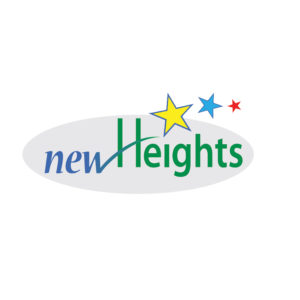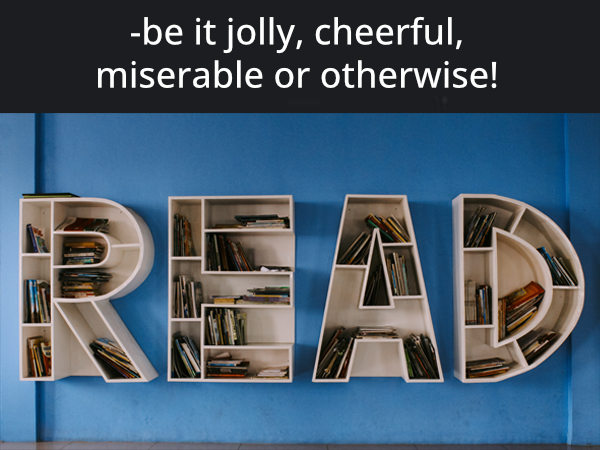Driving Phonics
By Michaela Khani | Teacher & Advisor to Educational Consultants

Introduction
There is around half a million words in the English language. Even as a teacher, and having lived quite a few decades, I still come across words that I haven’t seen before and fall back on “decoding”; using a phonetic-based strategy.
I also (very seldom) drive manual cars that requires me to work the clutch myself.
Bare with me, by way of analogy, this comparison will end up making sense!
Learning-to-drive analogy
While I learned to drive in manual cars, most the cars these days automatically adjust the clutch – much like our subconscious does with reading, over time.
If I had only focused on “working the clutch” when learning to drive, I would have become very good at that one skill but would not have got very far. Of course, there are many other individual skills to learn for driving: steering, indicating, accelerating and so on.
Likewise with reading; while decoding is important, it is only one part of the ability. Other skills include comprehension, depth of reading, fluency and all of those exceptions to the rule in the English language like those in this list – each is said differently depending on the circumstance:
Heteronym Examples
|
associate |
upset |
defense |
insult |
refuse |
complex |
permit |
|
contract |
alternate |
object |
refund |
subject |
escort |
extract |
|
duplicate |
compact |
invalid |
abuse |
offense |
insert |
elaborate |
|
moderate |
conduct |
content |
estimate |
combat |
compress |
convict |
What is the best way of training our minds to deal with heteronyms?
One word – like learning to drive – milage.
Simple practice and long exposure.
When doing a hill start; I am glad I don’t have to think of each individual skill independently – working the clutch, using the hand break, steering wheel, indicating… I am thankful that, through milage, my subconscious mind can do it all at once without thinking about each aspect. I am even more grateful for automatic cars that sort the clutch out for me – particularly on hills!
Learn to read in a modern car!
When audio-assistance is introduced to reading improvement, it is like moving to an automatic car while also gaining milage. Yes, some phonically awareness is important as a foundation but using that alone will only create an ever-widening lack of fluency, comprehension, depth of reading and won’t be able to deal with exceptions to rules – such as those words listed above.
Hearing the way words are said in different circumstances automatically programmes our brains. Studies continue to show that students learn to read, on average, four times faster when both reading and hearing at the same time. Even better when we feel the pages of the book as well – tactile input.
Add to these a structured approach with title-based specific activities and, as well fluency, comprehension and depth of reading is also greatly enhanced. Students don’t simply learn to decode at any given reading level, they understand and are truely ready to advance.
Learning from where you’re at
It is worth mentioning how critically important the right level of text-difficulty is. It is also important that the interest level of the subject matter meets the student where they are at…
If I had started learning to drive on a race car track, I probably would’ve crashed and burned!
I also was lot more interested in visiting friends than I was racing.
The Perspective of Rainbow Reading
English is a complex language with too many exceptions to rules. The best way learn is to at least supplement with a whole-language approach and to promote milage (lots of practice). Readers need to be able to access all cues available; including illustrations and text around the difficult words to provide sense and structure.
Our series for early readers (miniRAINBOWS) have pages to test letter-sounds and sight-words. Beyond this, it is simply best to hear and practice high-frequency words with a scattering of interest/context words throughout stories. Our New Heights series is designed like this – books to match the reader’s level of difficulty for the right mix of challenge and enjoyment. Supporting activities also help with comprehension and reading enjoyment.
Recommended Resources
Interested in our early learning series, miniRAINBOWS? Click here
If you’re looking for a whole-language reading approach that compliments phonics, please see below:

• Conference guides and outlines
• Audio-assistance (accelerates reading improvement by an average of 400%)
• Levelled books with age-appropriate topics and pictures
• Title-specific questions to increase depth of learning
• Supporting activities in enhance and check comprehension



